Alright – so today we’ve got the honor of introducing you to Toni Glotter. We think you’ll enjoy our conversation, we’ve shared it below.
Toni , thanks for joining us, excited to have you contributing your stories and insights. So, let’s imagine that you were advising someone who wanted to start something similar to you and they asked you what you would do differently in the startup-process knowing what you know now. How would you respond?
I don’t know if I’d do anything differently. I believe we all make choices based on our personal experiences and hope we make the best decisions we can for who we are at that moment. Do I wish I could have been braver? Sure. Do I wish I had taken more chances, yes. I wish I had asked more questions.
The only thing I would do differently in hindsight, is, I would have trusted myself more and gone confidently forward with all my decisions. There is always something to learn from each decision and experience. The lesson could even be as simple as yes, this is what is right for me right now.
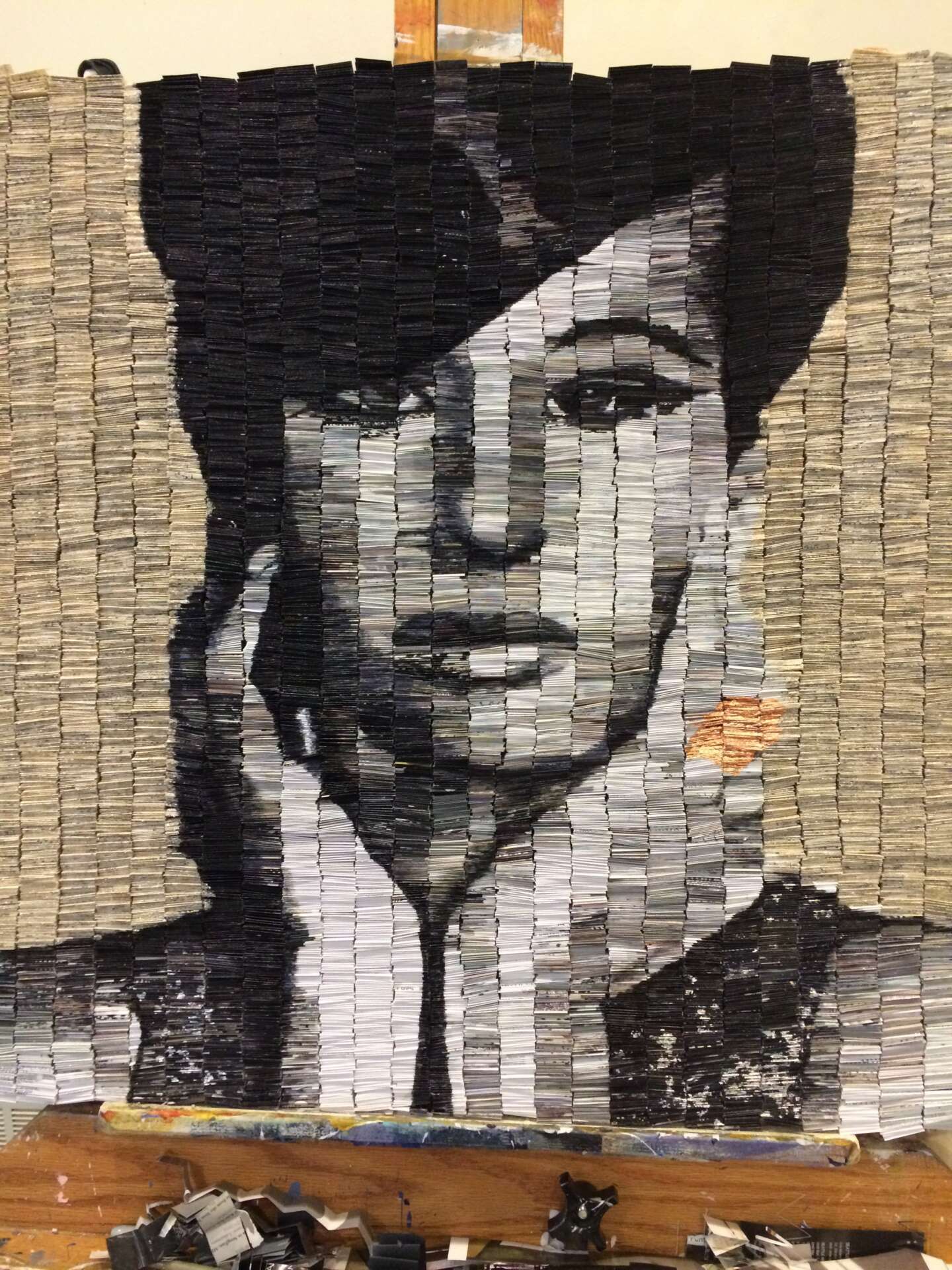
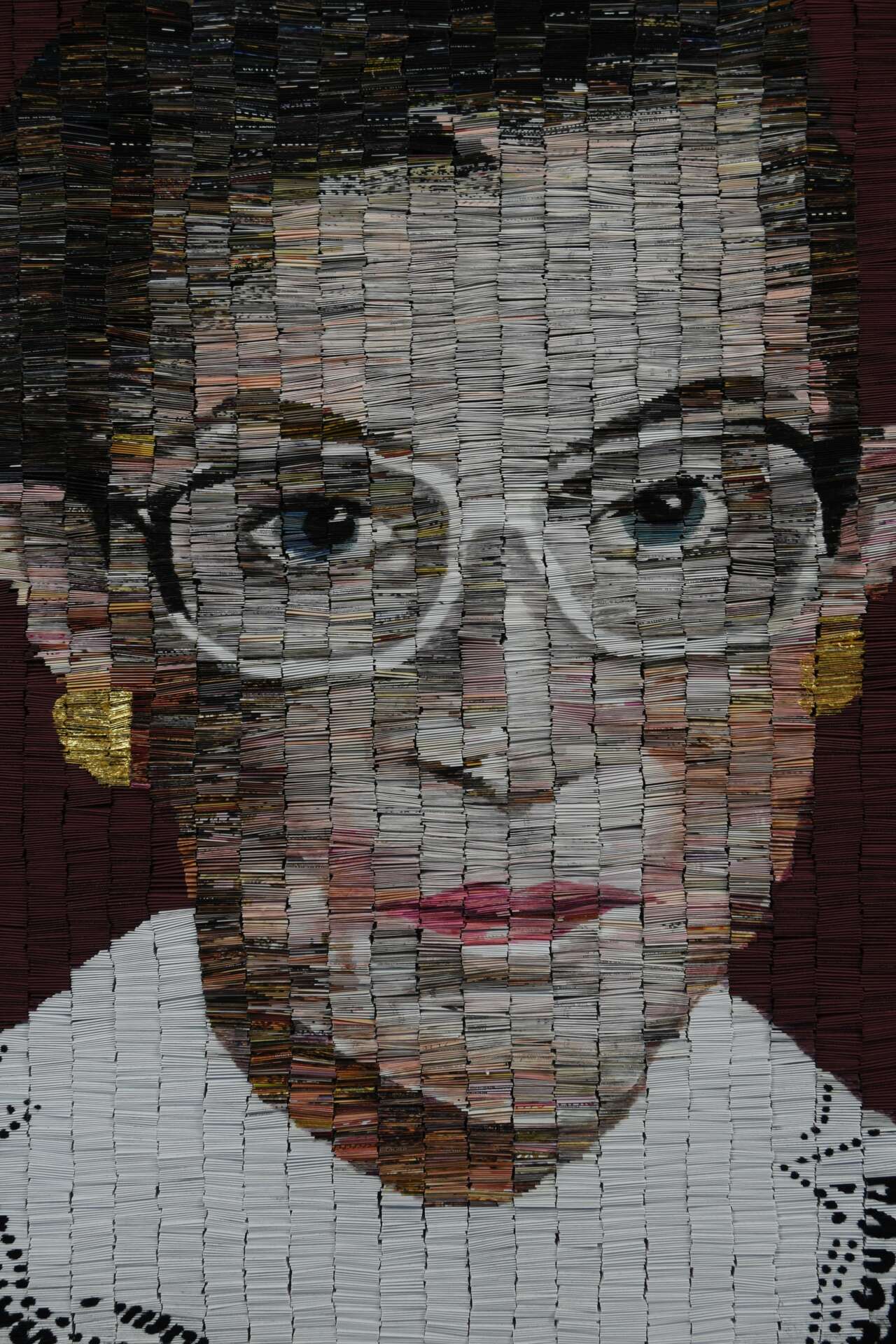
As always, we appreciate you sharing your insights and we’ve got a few more questions for you, but before we get to all of that can you take a minute to introduce yourself and give our readers some of your back background and context?
I have always worked independently. There are advantages and disadvantages to this style. I usually had full control of the final product yet missed out on outside input. Knowing myself well enough to choose independence over collaboration was what allowed me to have as much artistic freedom as possible. That has always been important to me.
I was trained in graphic design so concept has always been important. I always have a reason for doing something and logic for the artistic choices I’m making. It’s very important to find out what is important to the client other than selling a product or making a pretty picture. Most people have personal reasons they ask for your product or have come to you. Find out what that is. Try to get the client to do most of the talking. Everyone has a story. Try to connect to the client in some way. I don’t mean to find ideas you share or even agree with. Find out what makes the client tick so you can fulfill that clients needs. When you create something that touches them emotionally, you will have succeeded.
A lot of my work is through commissions and are portraits of celebrities. Most people have a favorite celebrity. Maybe it’s a musician they’ve seen in concert several times, or met them in person. Maybe it’s a celebrity they share a mutual passion with. Maybe they admire this person because they stand for something the client finds important.
Also don’t take limitations as a hindrance. Limitations can help you focus or push you to think beyond the norm. I had a client who wanted a portrait of Mohammad Ali. He couldn’t afford the large scale pieces I make out of repurposed magazines, where I accordion fold strips of paper and glue them to a board. What you see are the folded edges. So instead I did a collage piece combined with pencil. I stayed true to my desire to repurpose old materials into something new. The client involved with choosing from numerous quotes of Ali’s. It’s rare for me to involve a client that much but it was a great experience as the client felt so much a part of the final product. The quotes were important to him and represented the life struggles Mohammad Ali faced and learned from. It became sort of a historical memoir of the person and the times, which was also the clients interest.
Because I use materials that I repurpose in most of my work, people started bringing me things to work with. I just finished a piece made of over 3,500 wine bottle corks. Another person brought me about 100 syringes. I hope to work the syringes into a show that addresses the inadequacies of our health system and bring more attention to the frustrations patients and the medical professionals are facing.
I would be very proud if I can come up with something powerful that would have the potential to help make changes for the better.
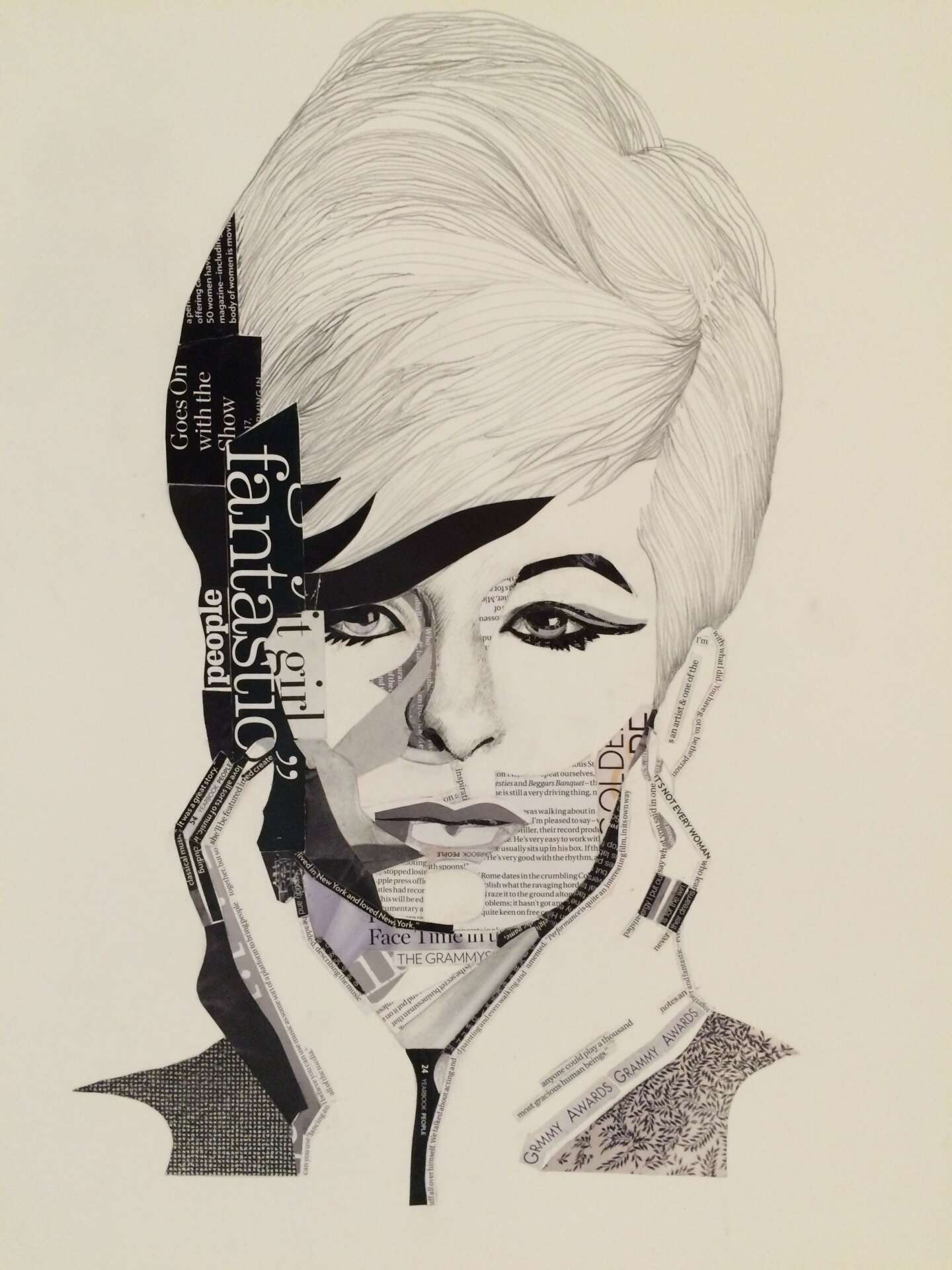

Can you tell us about a time you’ve had to pivot?
I had been painting murals in people’s homes and offices. My best friend since kindergarten was diagnosed with pancreatic cancer at a very young age. I took ten years off to do volunteer work. I planned fundraisers, sat on the board of directors for the national organization PANCAN ( Pancreatic Action Network) and did advocacy work as well. It is the work I am actually most proud of. The affiliate group I started locally along with many others, is still strong today, 25 years later.
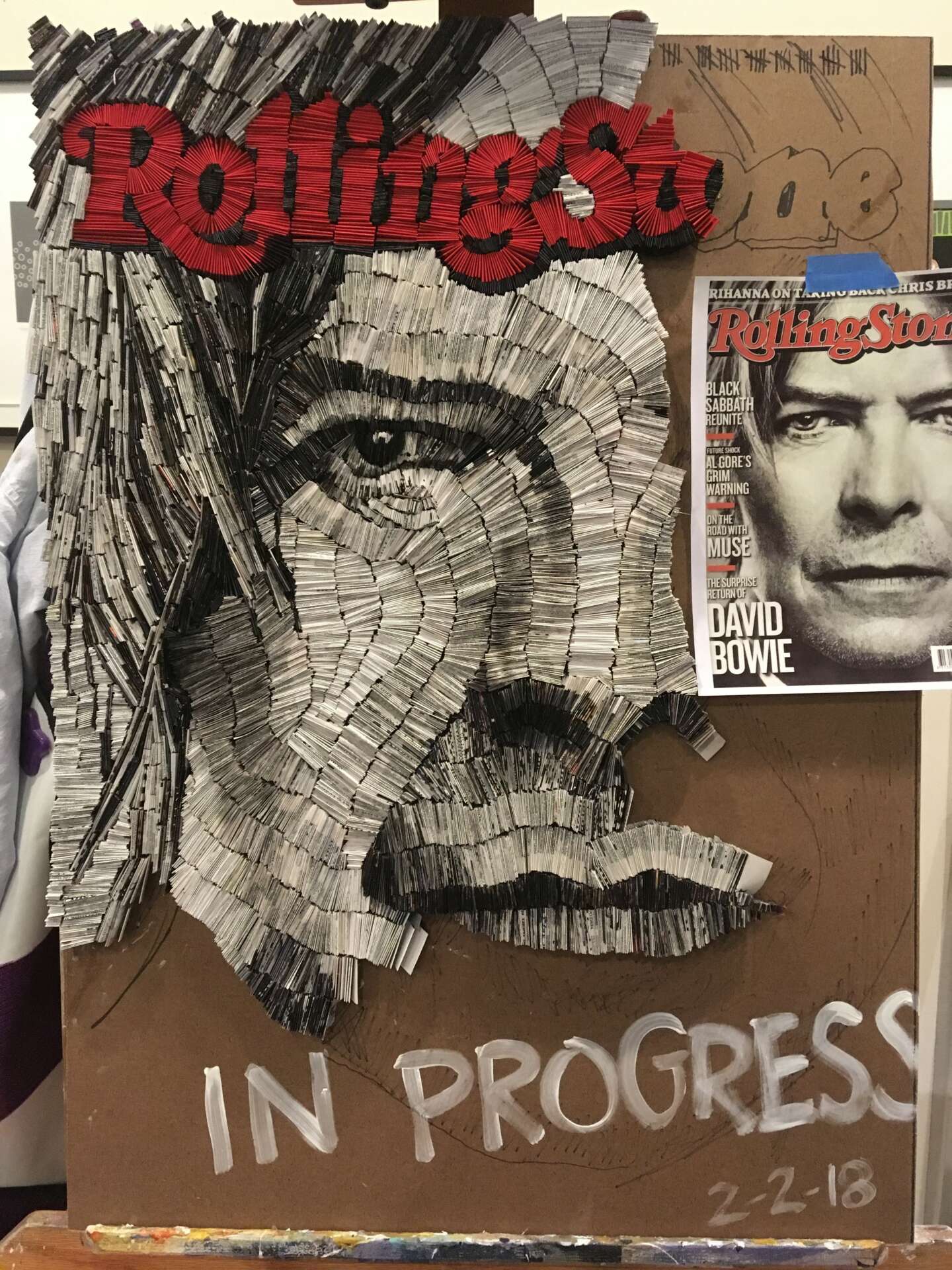
What’s the most rewarding aspect of being a creative in your experience?
The most rewarding part of being an artist is the freedom to be my true self, or not. I can dress however I want, I can mold myself if I choose to. I can express my views freely and safely. I can create ways to give others outlets to do the same. I can create ways to process my own struggles in a positive way. For instance for an installation piece I created a boxing bag and gloves where the participant wrote their anger issues on the bag (made of canvas) and could then punch the bag. The boxing gloves had small nails attached, so when they hit the bag in a place where I had previously inserted small pouches of fabric dye, the pouches would break and run color down the bag. It was a hit, no pun intended.
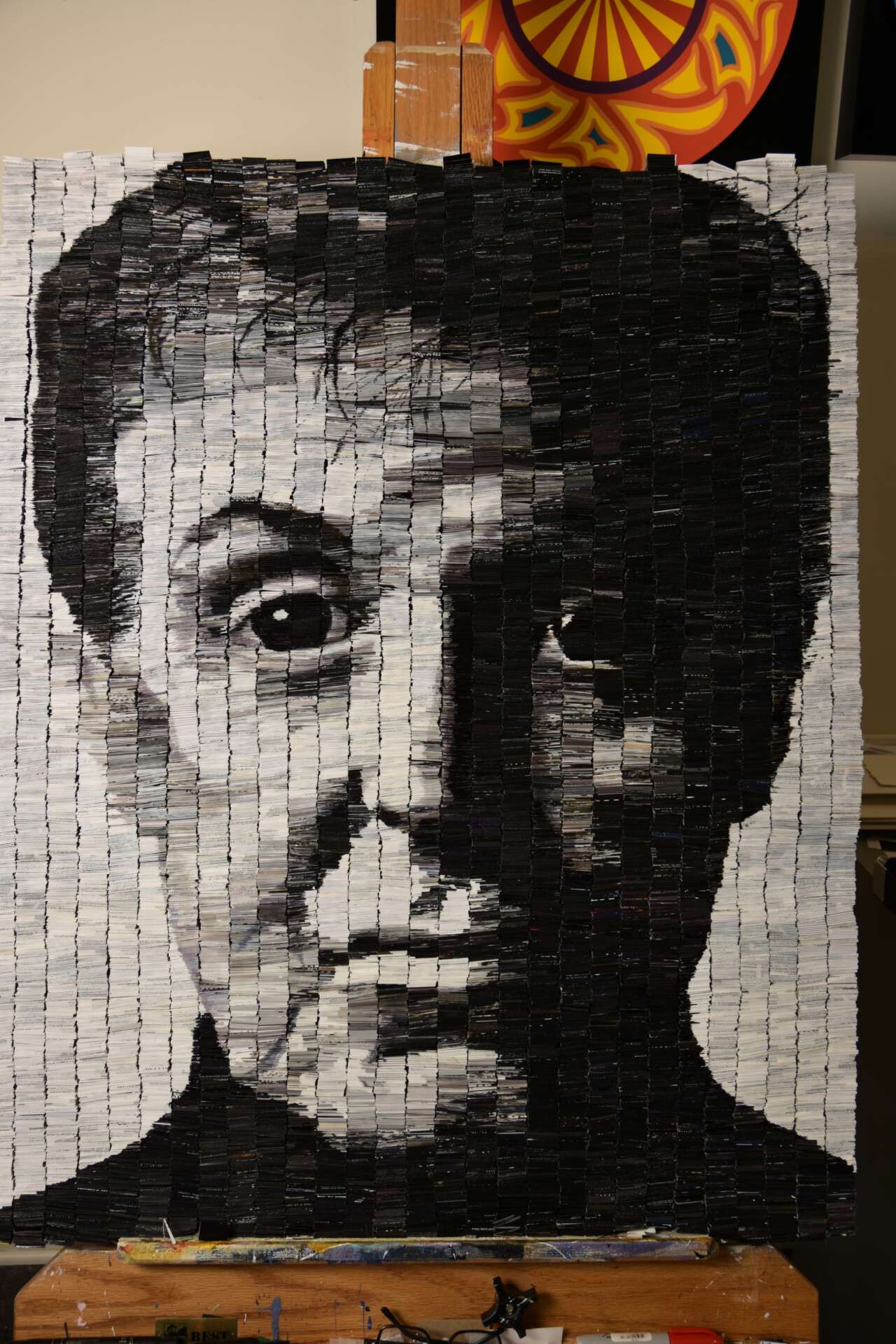
Contact Info:
- Website: Www.toniglotter.com
- Instagram: @toniglotter
- Linkedin: Toni Glotter


